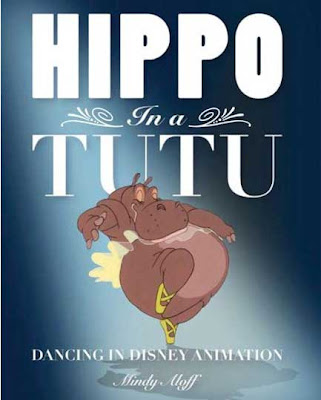Stripped Bare
The above animation is by Ron Zorman , who did it with TVPaint. I'm including it here because it is a clear reminder of the expressive power of motion. These days, motion is either limited and cliched or buried under textures and effects. Animation also veers between stylization with no resemblance to human behaviour or a leaden attempt at realism that fails to achieve the complexity of live acting. The above is stripped bare: no sound, no colour, no texture, no face, few details. Just line. Yet the way the four sack moves presents us with a character that is indisputably alive. We can read the character's mind. We can empathize with the character's experiences. All of that is accomplished purely through motion. The principles of animation are all here. Anticipation, stretch and squash, overshoot and recoil, line of action, follow through, overlapping action, drag, staggers, slow ins and slow outs, contrast in timing, etc. While an animator can pick them out, the...


